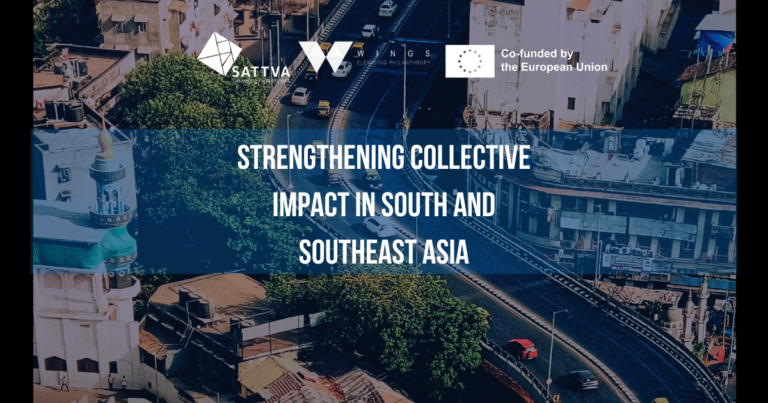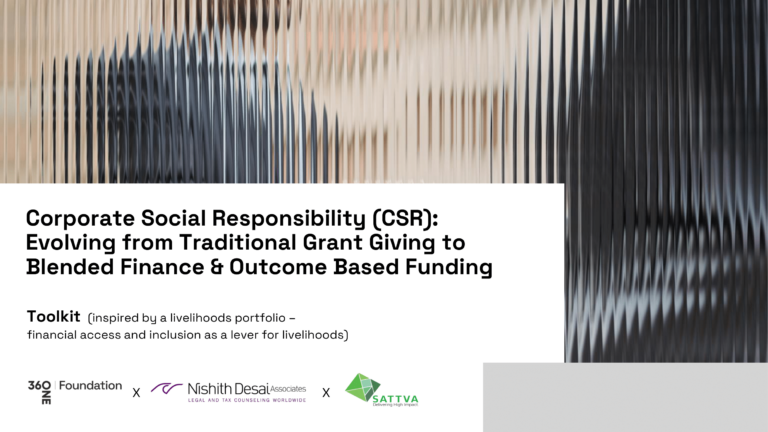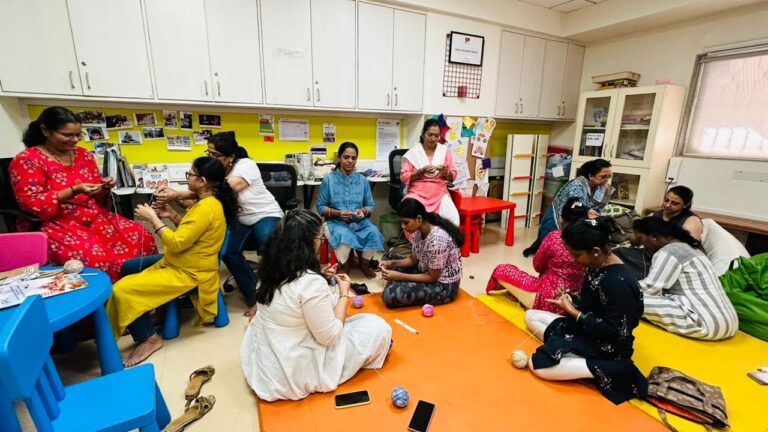Harshita Kumari & Dr Shweta Gaur
The fourth industrial revolution has brought a tectonic shift in the workplace. In a rapidly changing world where the demand for skilled professionals is escalating on one hand, there is also a growing gap between the market requirement and the skills on offer. While on one hand there are legitimate anxieties about job security as development of AI is seen as closely linked with potential job loss, on the other hand, a report by McKinsey Global Institute noted that digital economy has the potential to unlock productivity and create 60-65 million new jobs by 2025 from 480 million in 2017.
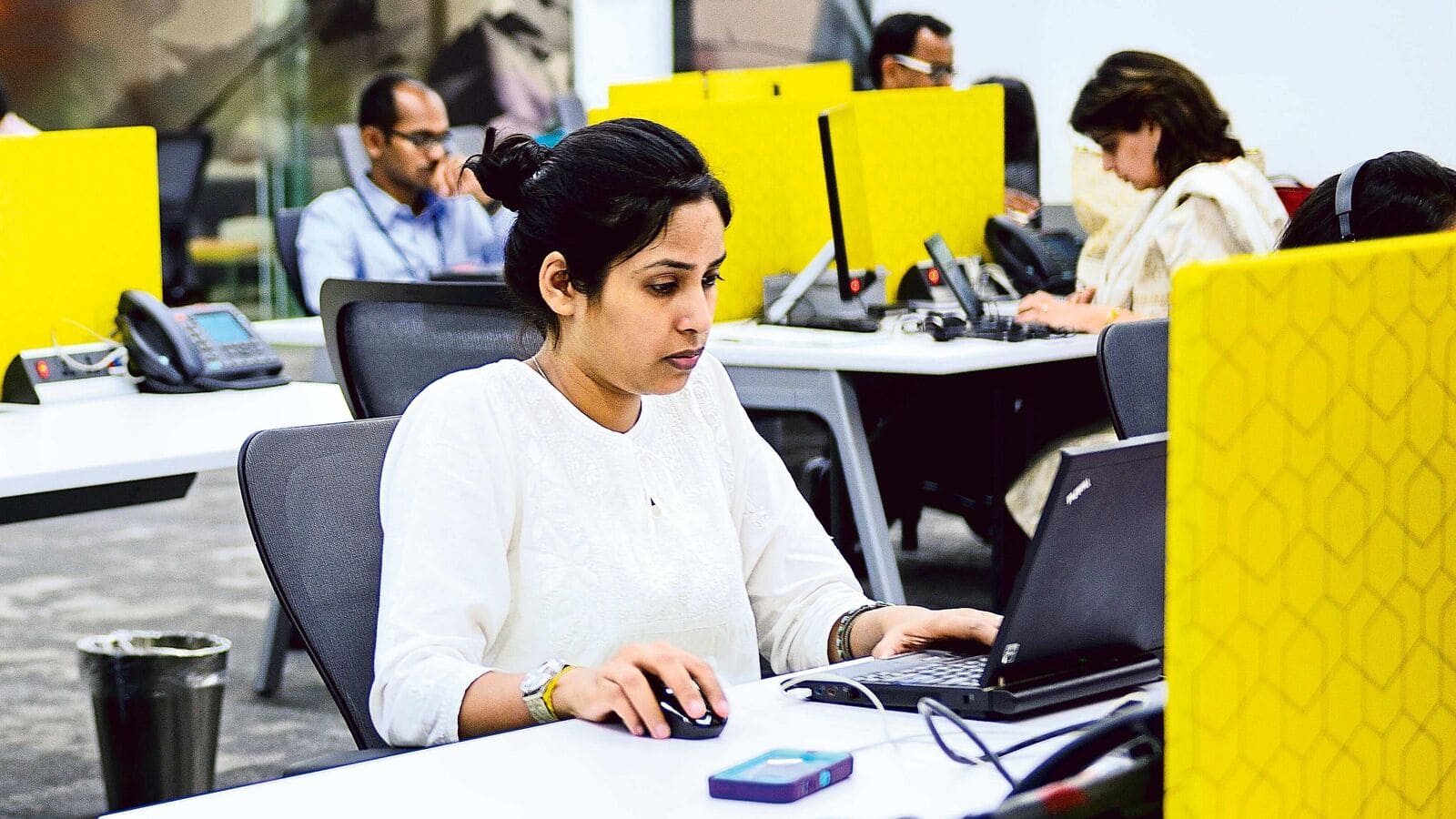
In a world where the labour market is characterised by abundance of opportunities on one hand and its dynamic evolution on the other, it is clear that traditional approaches to education and learning which rest upon a linear transition from education to profession do not suffice. The need of the hour is to integrate stakeholders across the education, skilling and professional ecosystem to join hands in order to craft a journey of school-to-work transition that is tailored to not only prepare a child for their transition into their first job but also to instil capacity to cope with the changing demands of skills, technology, and labour markets while aligning with their interests.
Skilling is a key element of successful school-to-work transition, augmented by the NEP and the Government’s flagship Skill India Mission. However little progress has been made in implementing it for impact. NEP envisions vocational education as a key anchor for students’ educational experience, provisioning its implementation across all educational institutions. Yet, so far 85% of schools have not implemented VET courses within the ambit of Samagra Shiksha Abhiyan. An elementary provisioning of a mere 0.93% of schools, is incongruent with the returns on skilling underlined by the World Trade Organization’s analysis which has noted that the skilling workforce can enable India’s GDP expansion by 3-5% by 2035.
Owing to low provisioning, at an all-India level, as per PLFS 2021-22 data, only 3.0% of women and 3.7% of men received formal VET. While 22.7% men had access to non-formal VET via either hereditary training, self-learning or on the job training, this number dropped to 9.3% for women. Notably, in the PLFS Survey for 2021-22, women are missing data points in 16% of the VET qualifications that PLFS enumerates. This is particularly true for up-and-coming sectors like logistics or aerospace and aviation where the presence of women trained in these qualifications rests close to 0% — a trend that is also congruent with the larger challenge of missing women in India’s STEM ecosystem, with their presence in ITEs at parity with male counterparts, being a standalone exception.
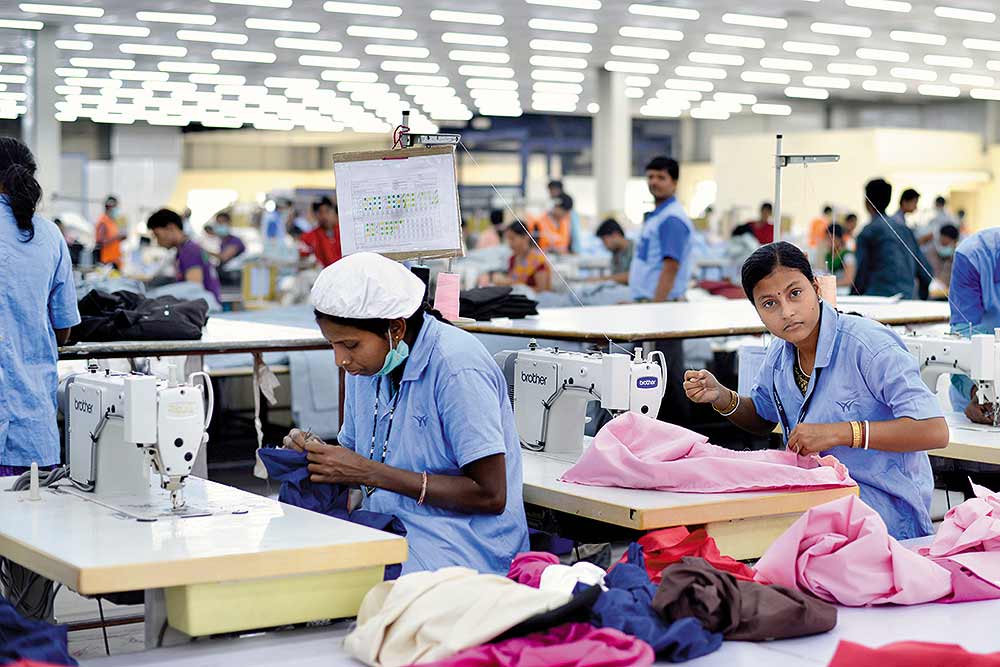
Additionally, a closer look underlines that women are concentrated in VET spaces that are convergent with a high risk of automation. 24.20% of women undergo VET in the textile and handloom space vis a vis mere 1.1% of men.
A study by ILO which mapped jobs with a high risk of automation in ASEAN countries flagged sewing machine operators at high risk of job loss due to automation in both Cambodia and Indonesia.
In addition to marked gender disparity, there are also clear rural-urban disparity with respect to the percentage of individuals undergoing formal VET training. While 6.2% of people in urban areas, thqt is 6.5% of men and 5.8% of women received formal VET, only 2.2% people in rural areas underwent formal VET with 2.6% for men and a mere 1.9% for women. Two factors coalesce to bring these outcomes. Limited provisioning of VET, coupled with lack of qualitative rigour in delivery combine to make it inaccessible, translating into rural-urban divide in formal VET training on one hand and the parallel gender divide in VET outcomes on the other hand.
Added to this, challenges at the community level, including the perception of VET as “inferior” and hence non-aspirational further limit its uptake even where provisioning is made. A key reason for lack of aspiration for perusal of VET courses stems from absence of established positive outcomes on completion of course. This is a result of the mismatch between availability of VET courses vs industrial growth trends. This coupled with outdated curricula leaves students unprepared for the job market.
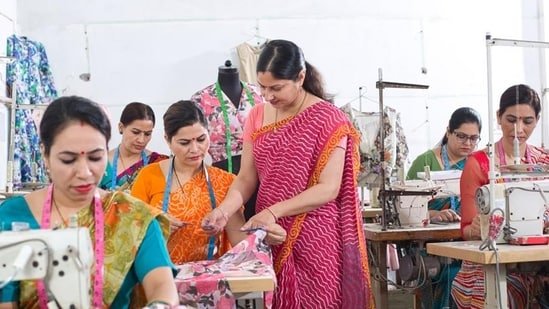
Notably, The India Skill Report 2018, published by Wheebox, underlined that unemployment across all educational domains stands at 54.4 percent with the highest at 67% for polytechnic graduates. Time-bound correction and revitalisation of the skilling ecosystem is crucial to not only ensure path correction in contemporary outcomes but also to build adaptive and market-responsive skills in wake of the rapidly evolving workforce of the 21st century.
While addressing the gender divide and rural-urban disparity is the first step in enhancing the efficiency of the skilling ecosystem, ensuring employability upon skilling is the logical next step. However, what still remains puzzling is the marked differences in uptake of employment amongst individuals who underwent skilling. PLFS noted that 79.20% of men having undergone VET were employed with only 10.20% being categorised as unemployed. However, of the women who underwent VET, only 48% were employed and 7.8% were classified as unemployed. A staggering 44.3% of women received formal vocational/technical training but remained missing from the labour market.
The story of solving for the missing women in India’s labour force, though it starts with a gender-responsive approach to skilling, taking a step back is a key element in ensuring India’s children completing school are ready for its changing economic landscape. Schools should serve as a focal point of interventions as they provide a space for holistic and multidimensional education and capacity building.

Consequently, adopting a strategic approach at the centre of which is an end-to-end intervention with a strong gender dimension is key to successful transition from education to profession for all, but particularly for the girl child. Gender Mainstreaming “School to Work” transition is not merely a “good to have” lever but a strategic imperative as India continues to struggle with abysmally low labour force participation rate on one hand and loss of human resource on account of high push out rate amongst female students in the transition from middle to high school on the other hand. Successful execution of school to work transition requires action both by government and the private sector.
Public Private Partnership for financing skilling for future jobs can be one way forward as early industry buy-in ensures market-driven skilling at school level. This simultaneously solves the bottleneck around the supply gap of the skilled labour force, a pressing challenge in the present landscape.
Additionally exploring hybrid skilling models for students in 9-12th grade can allow maximising the reach and enhancing outcome. A strategic and gender-responsive approach to skilling, centred around schools as focal points, is key to successful transition from education to profession for all, but particularly for the girl child, ensuring India’s readiness for its changing economic landscape.
This article was originally published in Feminism India.

